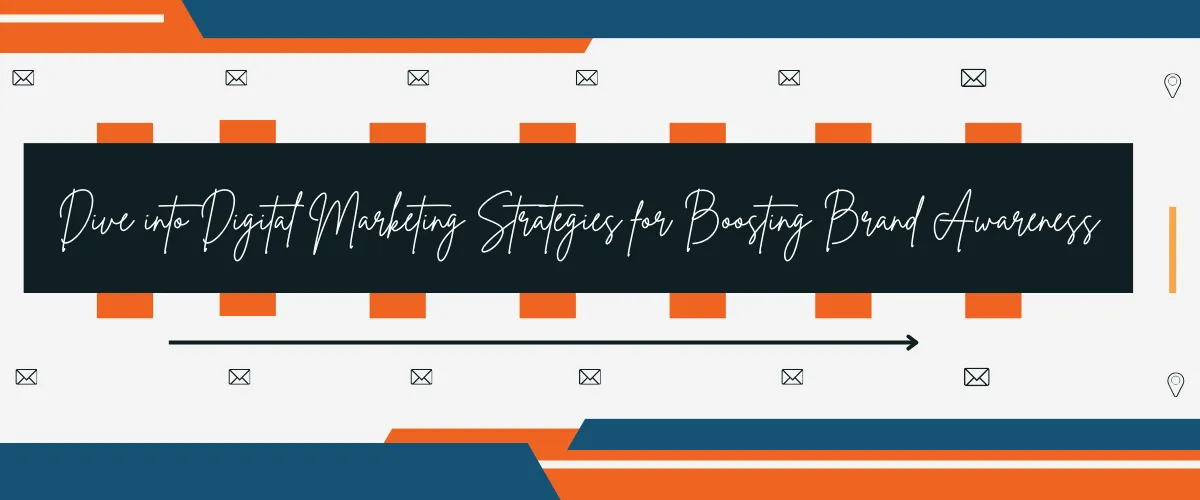
In the rapidly evolving digital landscape, businesses face the challenge of standing out amidst a sea of competitors. Digital marketing has emerged as a powerful tool to navigate this complexity, offering a myriad of strategies designed to elevate brand presence and foster meaningful connections with consumers. This comprehensive guide explores the core components of digital marketing—search engine optimization (SEO), content marketing, social media marketing, email marketing, and pay-per-click advertising—and how they collectively contribute to enhancing brand awareness.
The Foundation of Digital Marketing: Search Engine Optimization (SEO)
At the heart of digital marketing lies Search Engine Optimization (SEO), a practice focused on improving a website’s ranking on search engine results pages (SERPs). SEO is not merely about achieving top rankings; it’s about providing value to users through relevant, quality content that addresses their queries accurately and efficiently. By optimizing websites and content for specific keywords, businesses can attract organic traffic, which is highly valuable for building brand trust and awareness.
The Art of Keyword Research
Keyword research is a critical aspect of SEO, involving the identification of words and phrases that potential customers use when searching for products or services similar to yours. Tools such as Google Keyword Planner, SEMrush, and Ahrefs can be invaluable in uncovering these terms, enabling businesses to tailor their content and messaging to align closely with what their target audience is seeking.
Crafting Stories with Content Marketing
Content marketing goes beyond mere product promotion; it’s about storytelling. By creating engaging, informative, and valuable content, businesses can establish themselves as thought leaders in their industry, fostering deeper connections with their audience. Blog posts, whitepapers, case studies, and video content are all effective mediums for delivering this narrative, provided they are consistently published and shared across platforms like LinkedIn, Medium, and YouTube.
The Power of Consistency and Quality
Consistency is key in content marketing. Regularly publishing high-quality content demonstrates commitment to the audience and establishes credibility. Moreover, quality content that genuinely adds value can lead to increased shares and links, further boosting SEO efforts and extending the reach of the brand.
Engaging Audiences on Social Media
Social media platforms have transformed into vibrant communities where consumers seek connection, entertainment, and information. Leveraging these platforms for social media marketing allows businesses to interact directly with their audience, share behind-the-scenes glimpses, and promote content in a way that feels authentic and relatable. Platforms like Facebook, Instagram, Twitter, and LinkedIn offer targeted advertising tools that enable brands to reach specific demographics, interests, and geographic locations, amplifying their reach and impact.
Building Communities Beyond Likes
While likes and shares are important metrics, the true measure of success on social media lies in community building. Encouraging interaction through comments, polls, and contests fosters a sense of belonging among followers, turning them into brand advocates who can amplify your message organically.
Reaching Inboxes with Email Marketing
Email marketing remains one of the most direct and personal methods of communication between businesses and their customers. Through newsletters, promotional emails, and personalized messages, businesses can keep their audience engaged and informed about new offerings, exclusive deals, and industry trends. Utilizing email marketing automation tools like Mailchimp, ConvertKit, and ActiveCampaign can streamline the process, allowing for more personalized and timely communications.
Segmentation for Maximum Impact
Segmentation is a powerful technique in email marketing, enabling businesses to tailor their messages to different groups within their audience based on factors like purchase history, location, and preferences. This level of personalization enhances relevance and increases the likelihood of conversions.
Pay-Per-Click Advertising: Instant Visibility
For businesses looking to accelerate their growth and gain immediate visibility, pay-per-click (PPC) advertising presents a compelling option. PPC campaigns, run on platforms like Google Ads and Bing Ads, allow businesses to bid on keywords related to their products or services, placing their ads prominently in search results. While PPC can be costly, its ability to deliver instant traffic and leads makes it a valuable component of a comprehensive digital marketing strategy.
Measuring Success: Analytics and KPIs
The effectiveness of any digital marketing campaign hinges on the ability to measure and analyze its performance. Tools like Google Analytics, SEMrush, and HubSpot offer insights into website traffic, engagement rates, conversion rates, and return on investment (ROI), providing businesses with the data needed to refine their strategies and maximize their return on investment.
Conclusion
Digital marketing is a multifaceted discipline that demands a strategic approach to achieve maximum impact. By leveraging SEO, content marketing, social media marketing, email marketing, and PPC advertising, businesses can create a cohesive digital ecosystem that drives brand awareness, fosters customer loyalty, and fuels sustainable growth. As the digital landscape continues to evolve, staying agile and adaptable will be key to navigating the challenges and seizing the opportunities that lie ahead.

